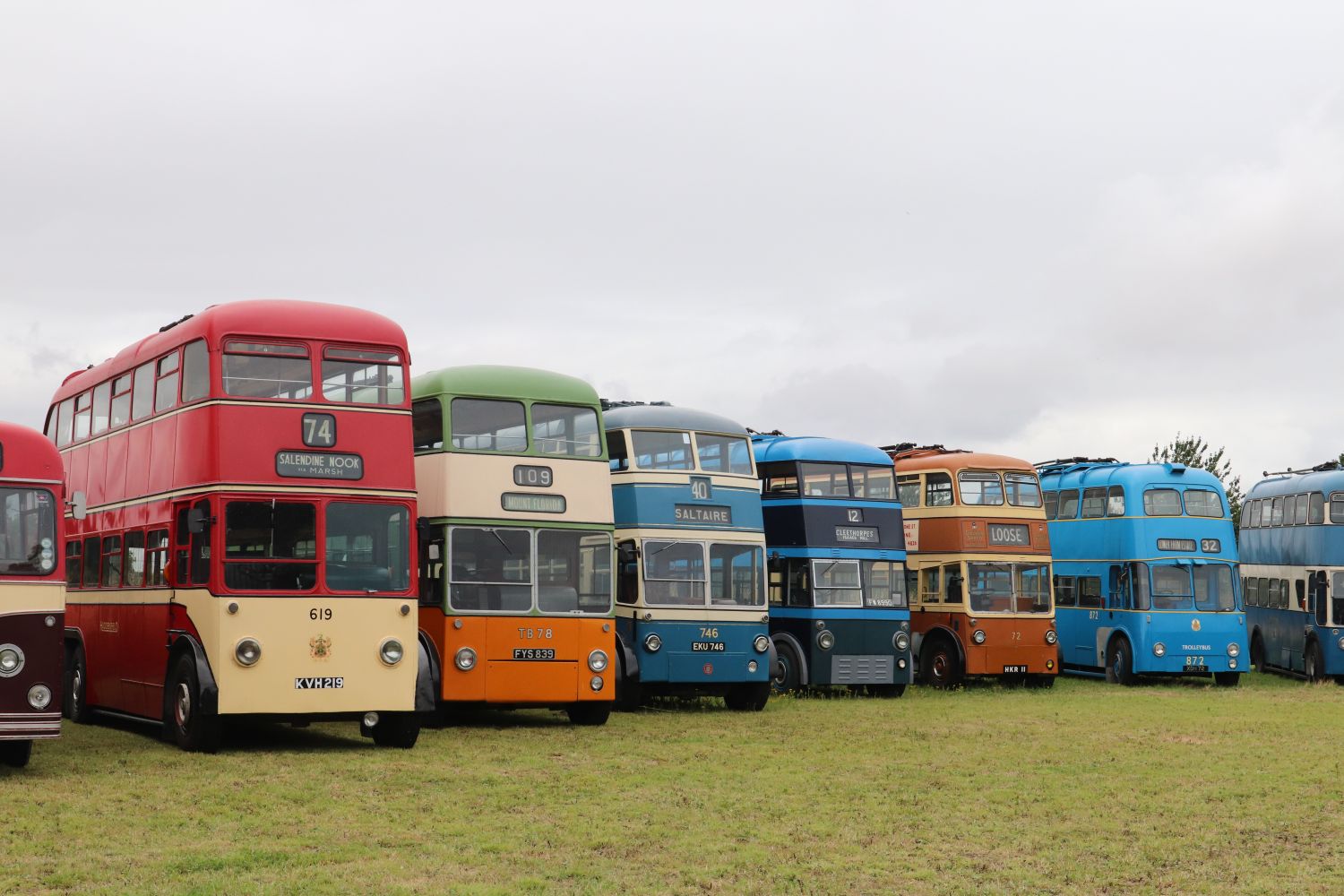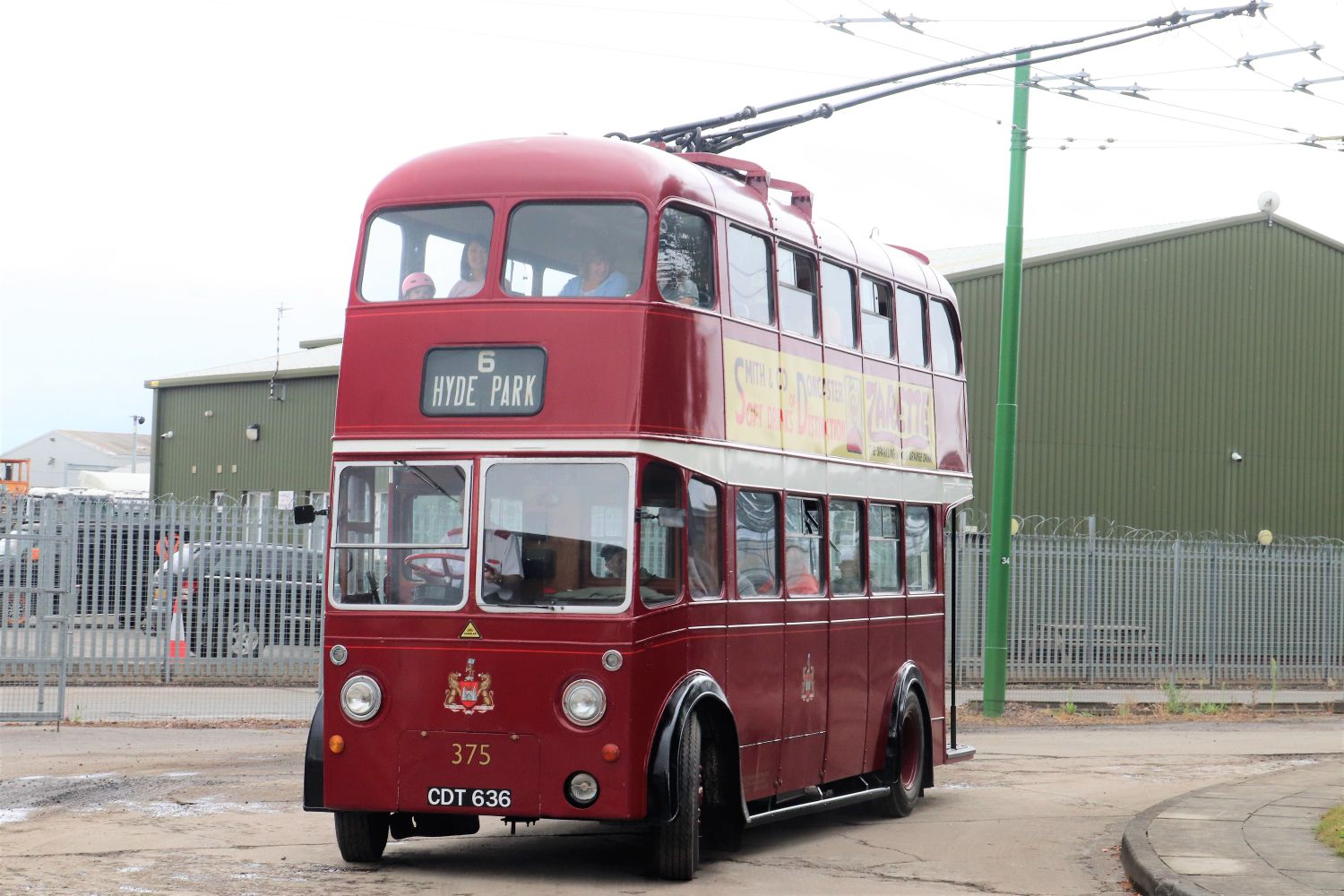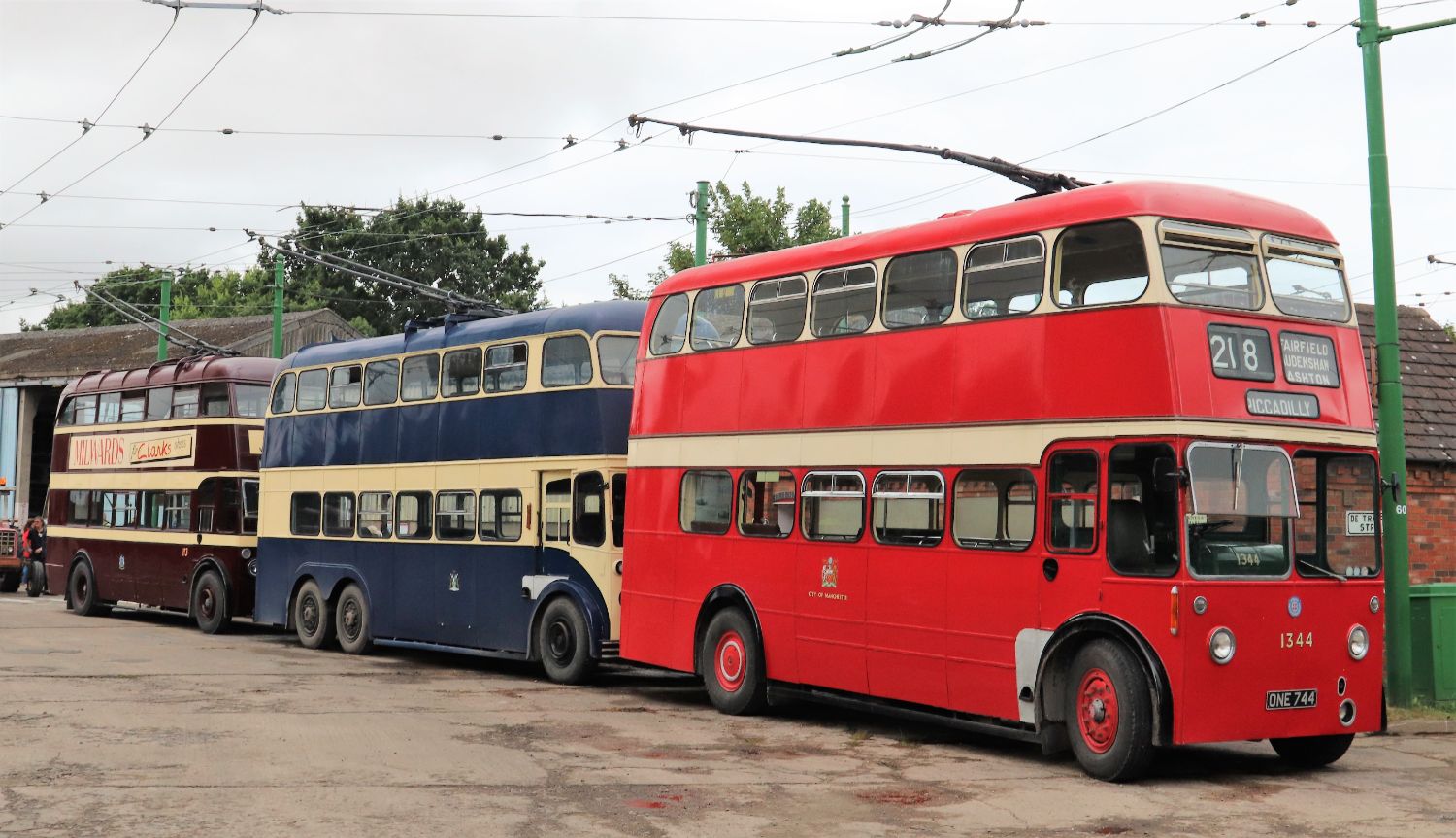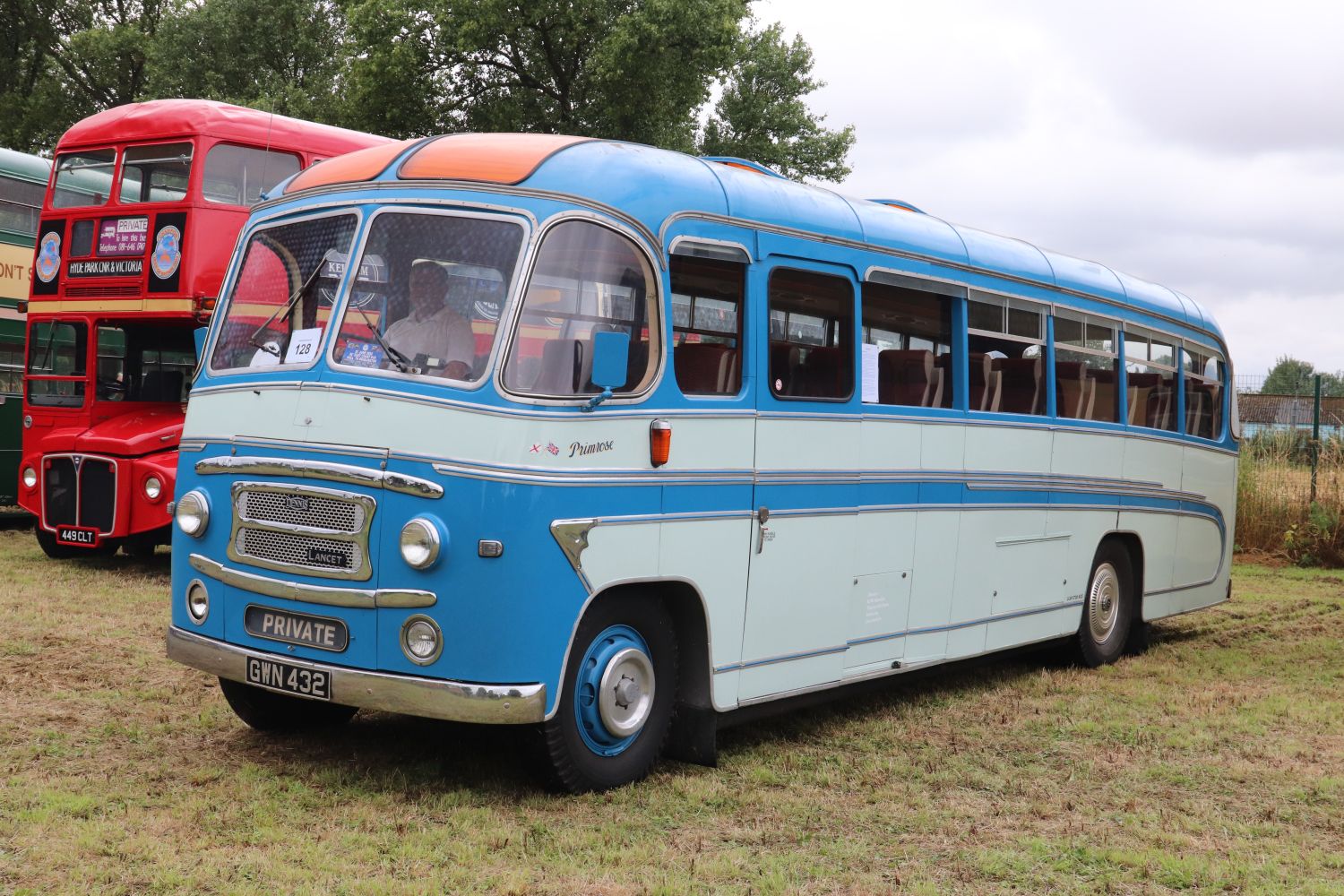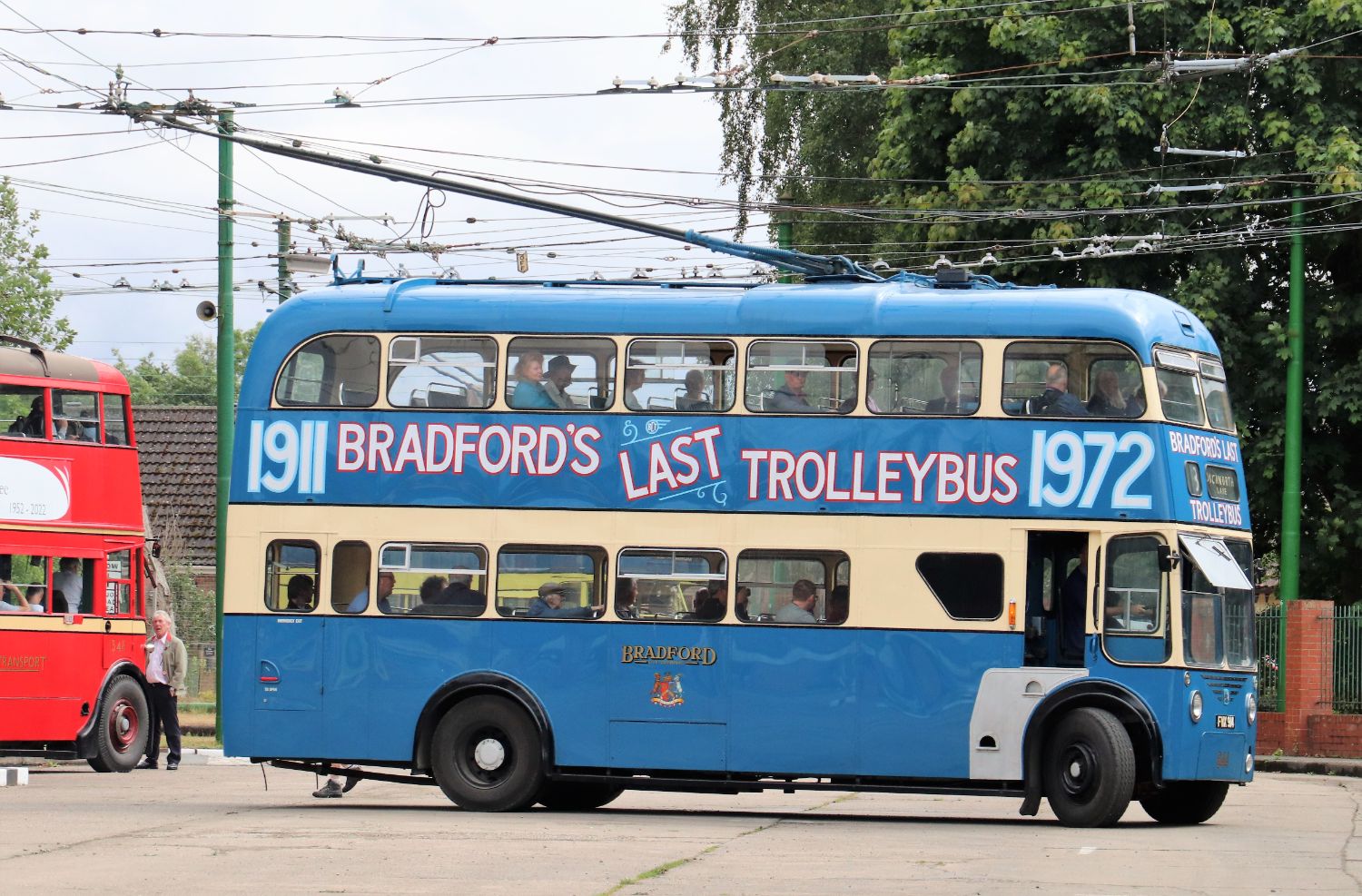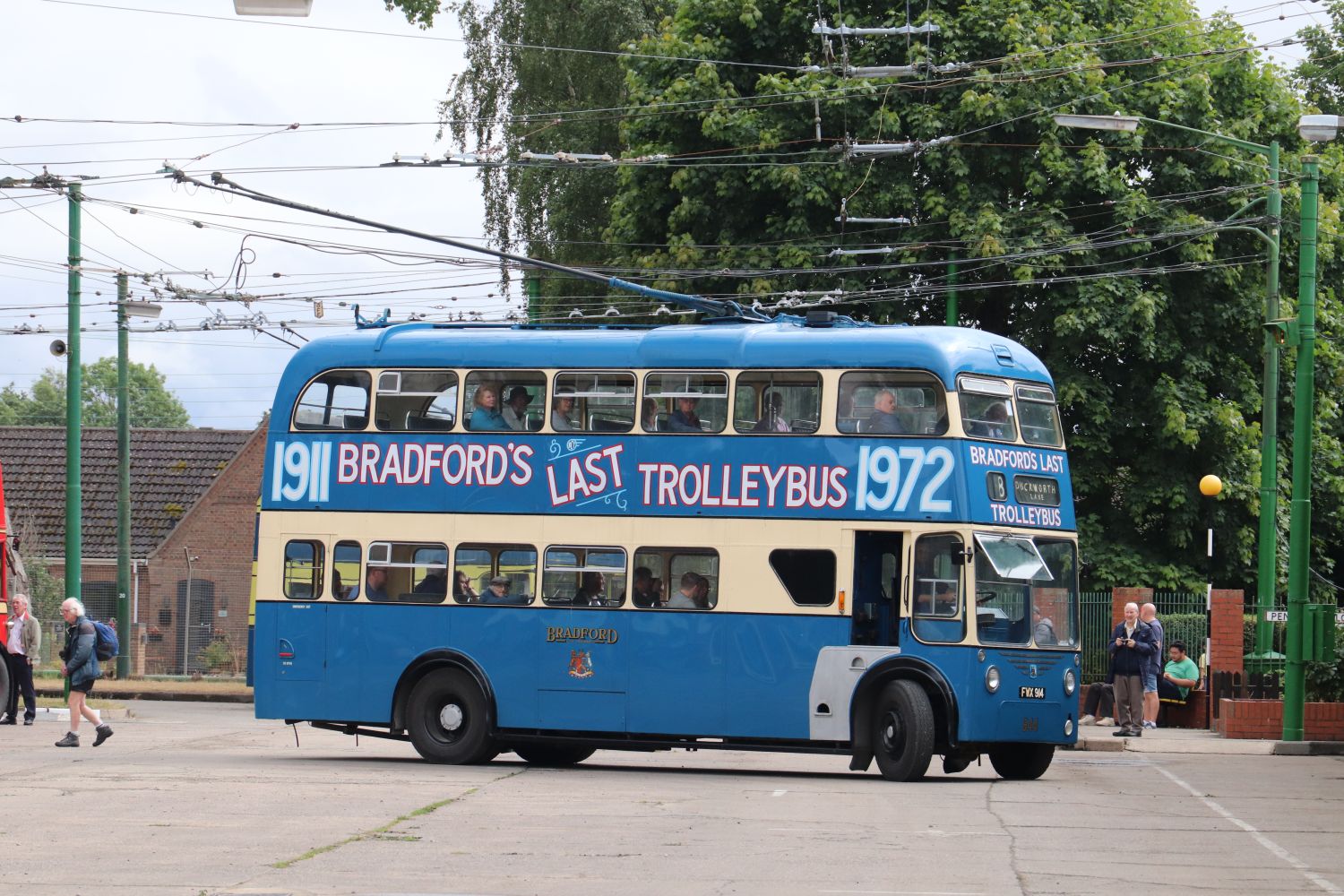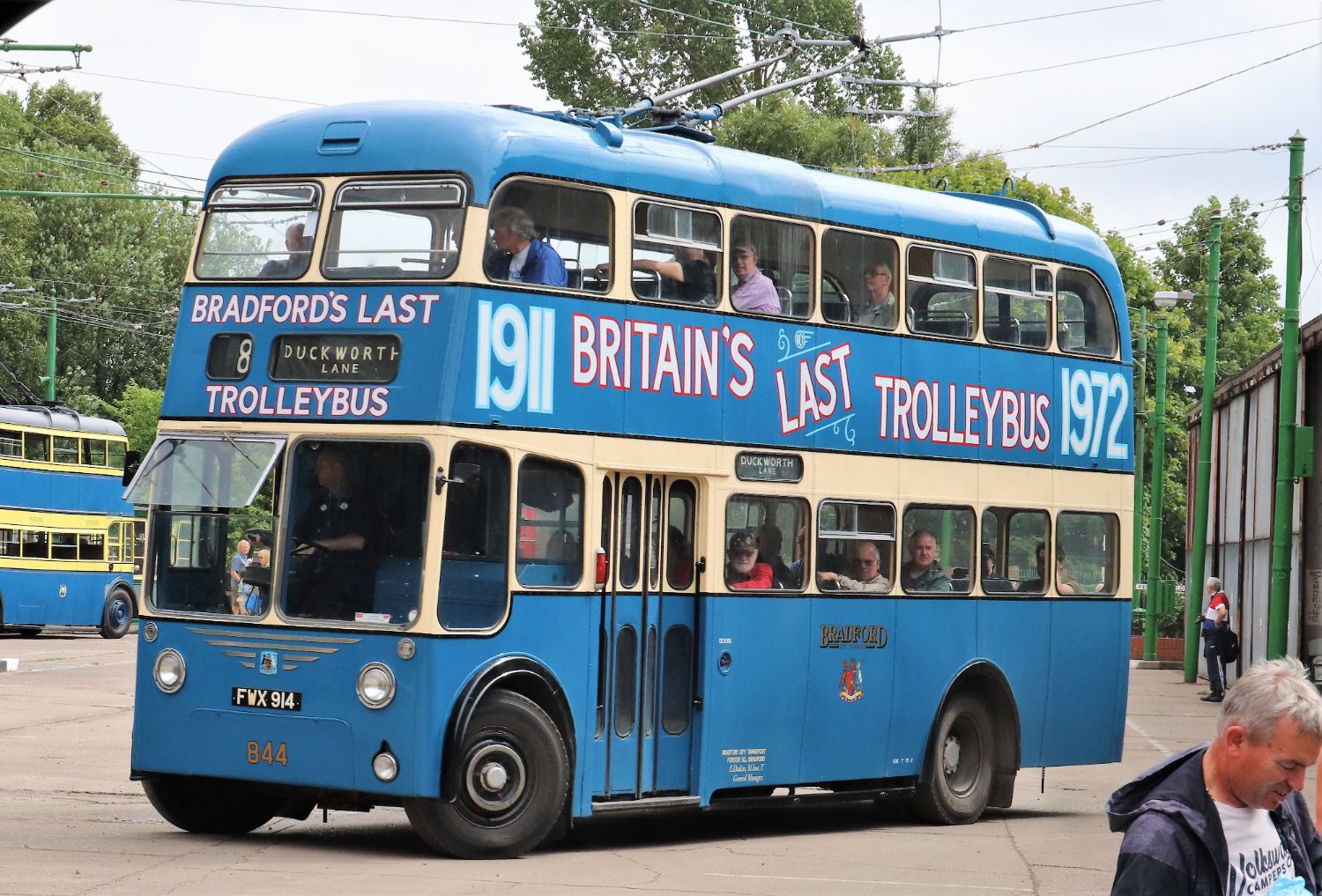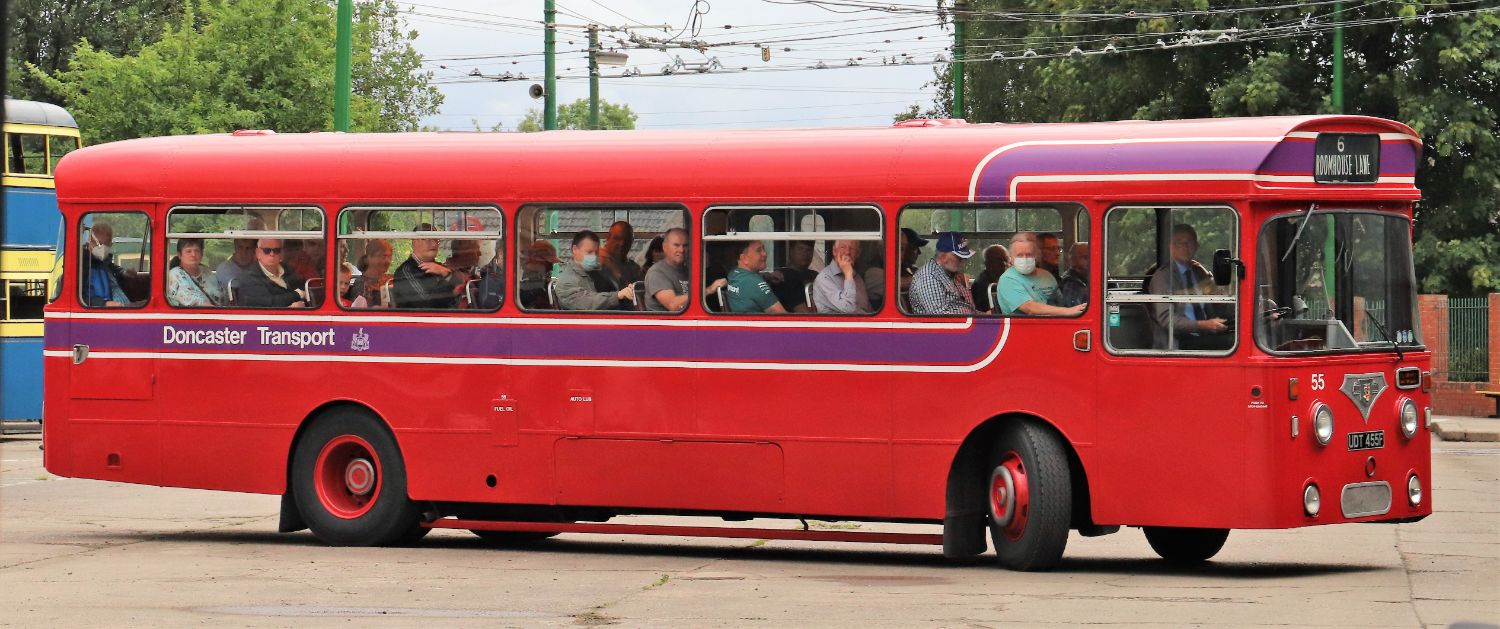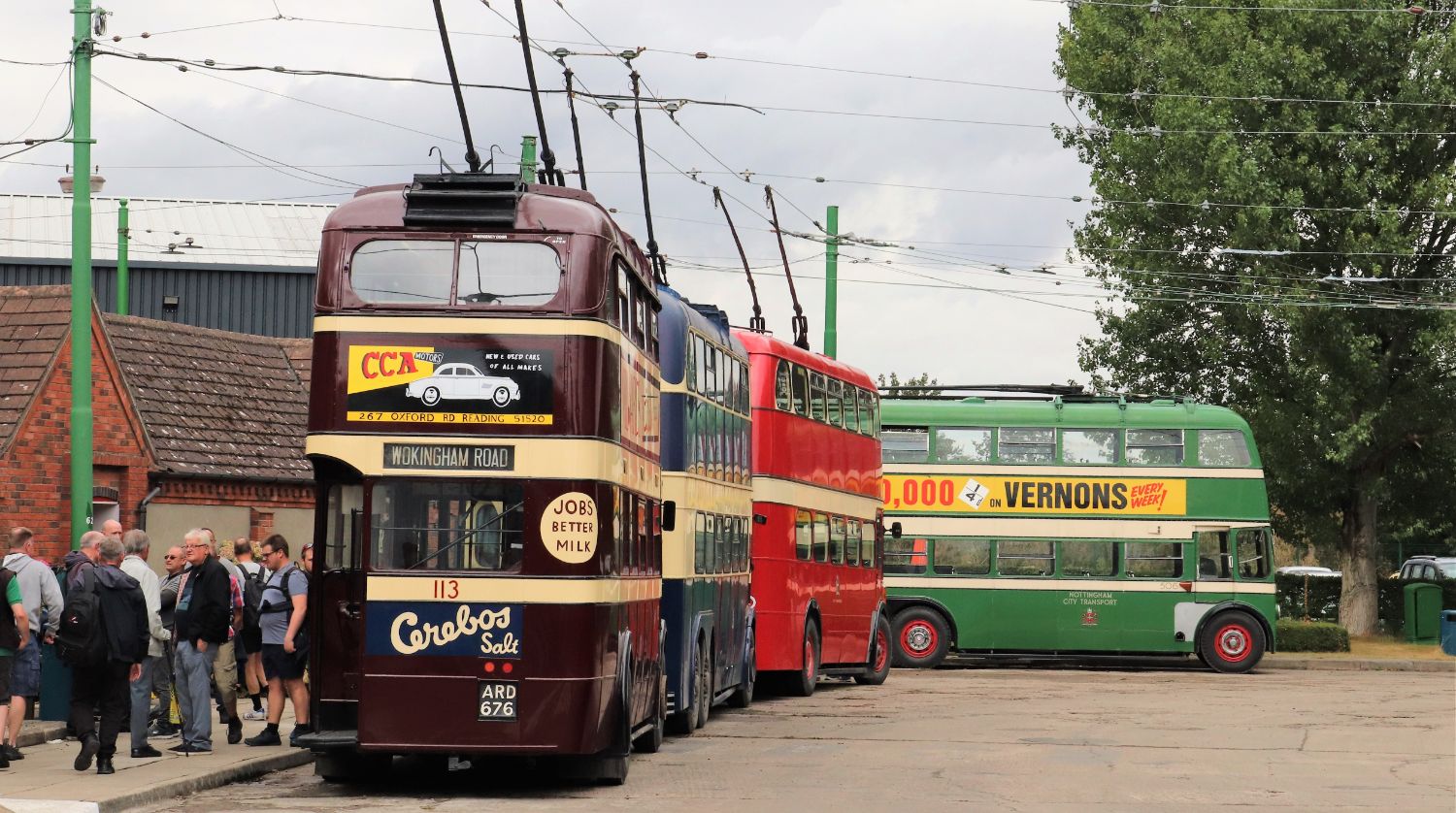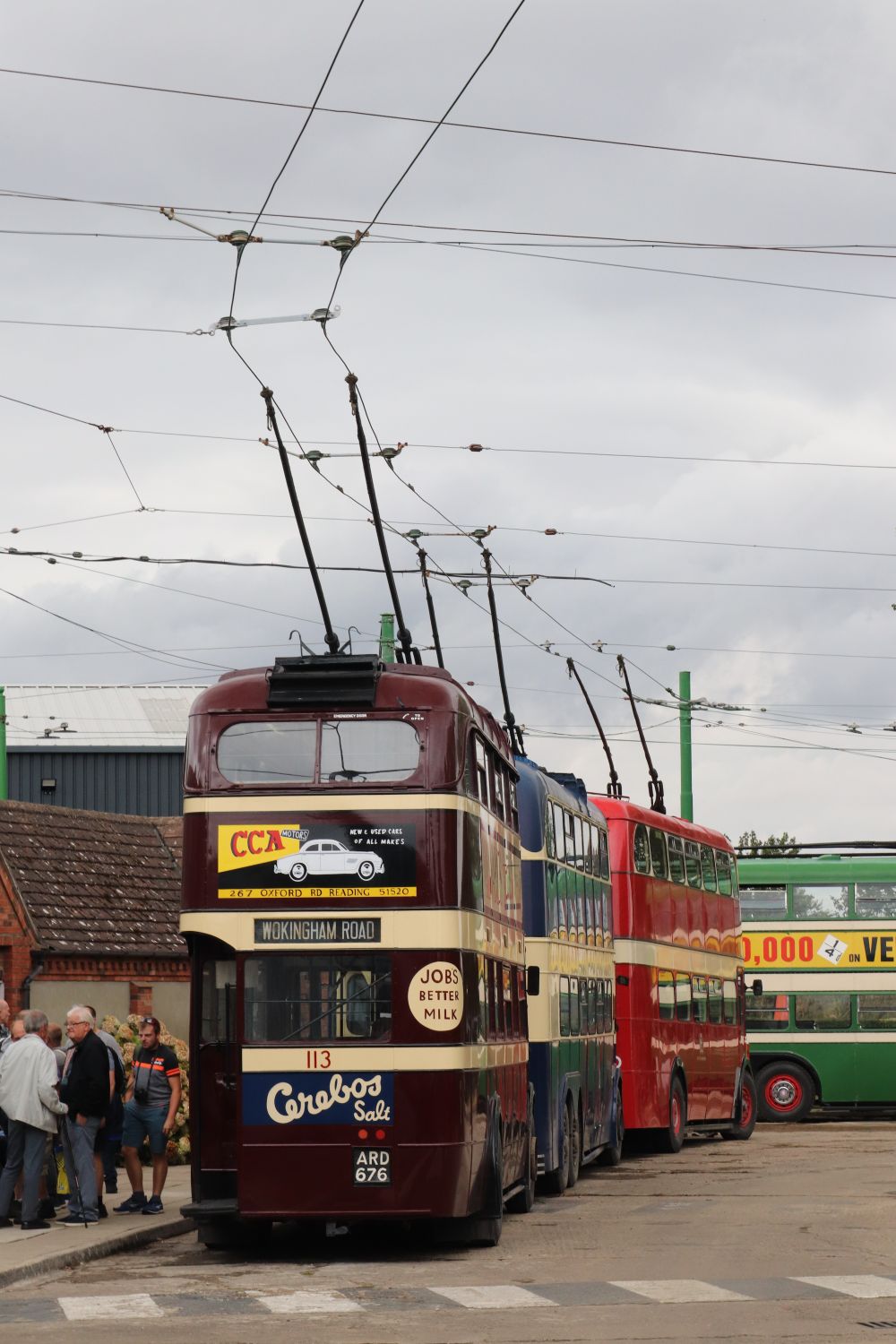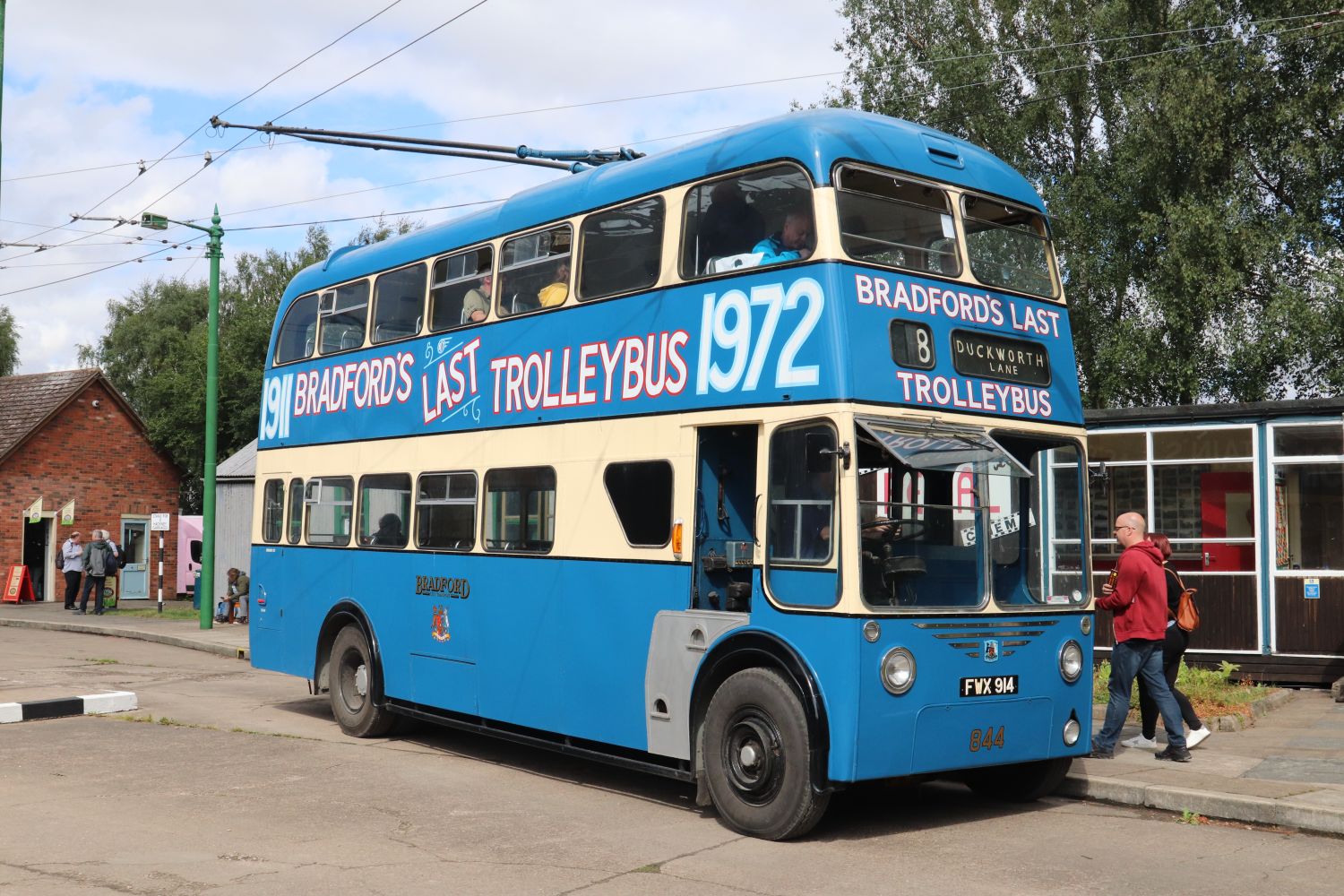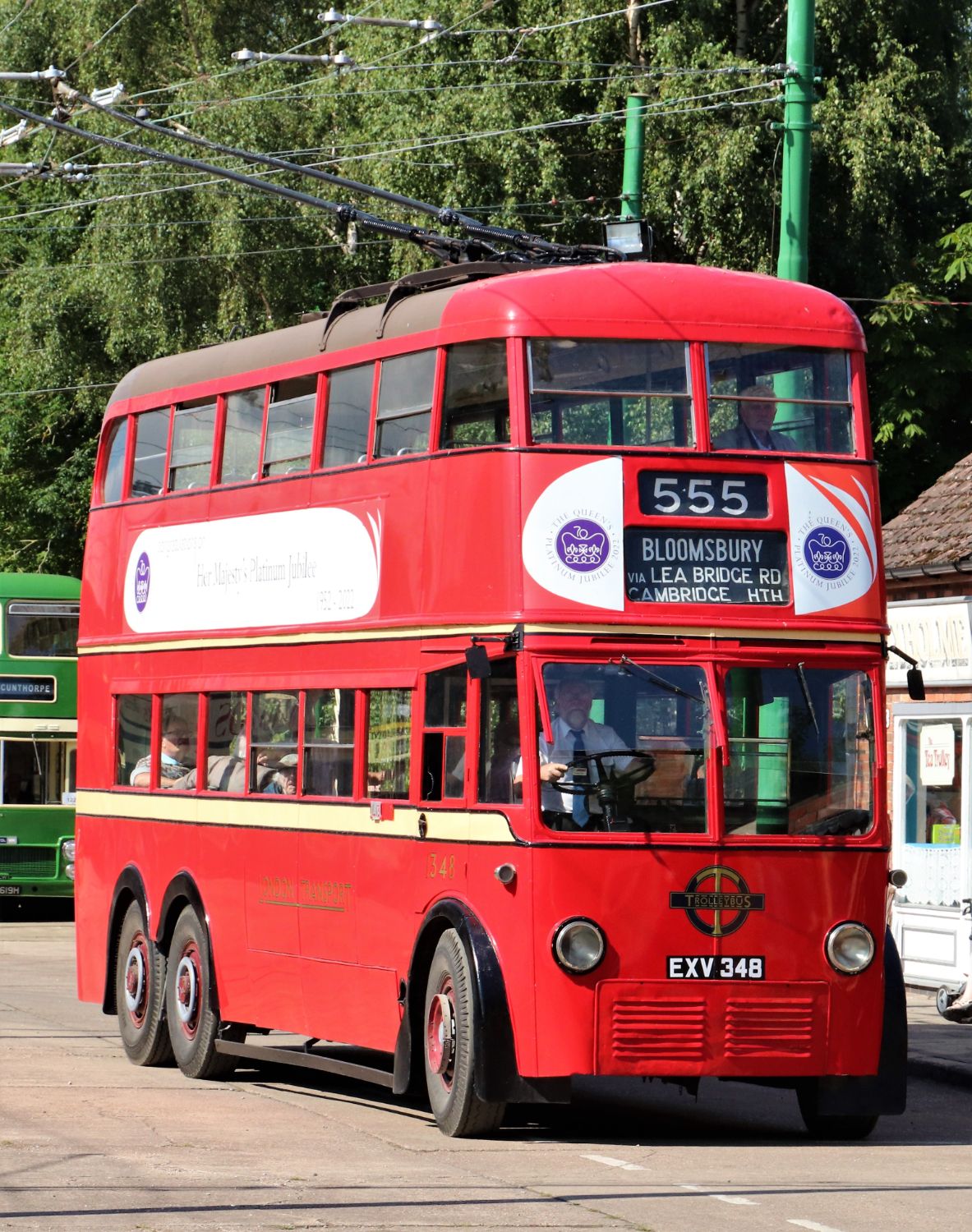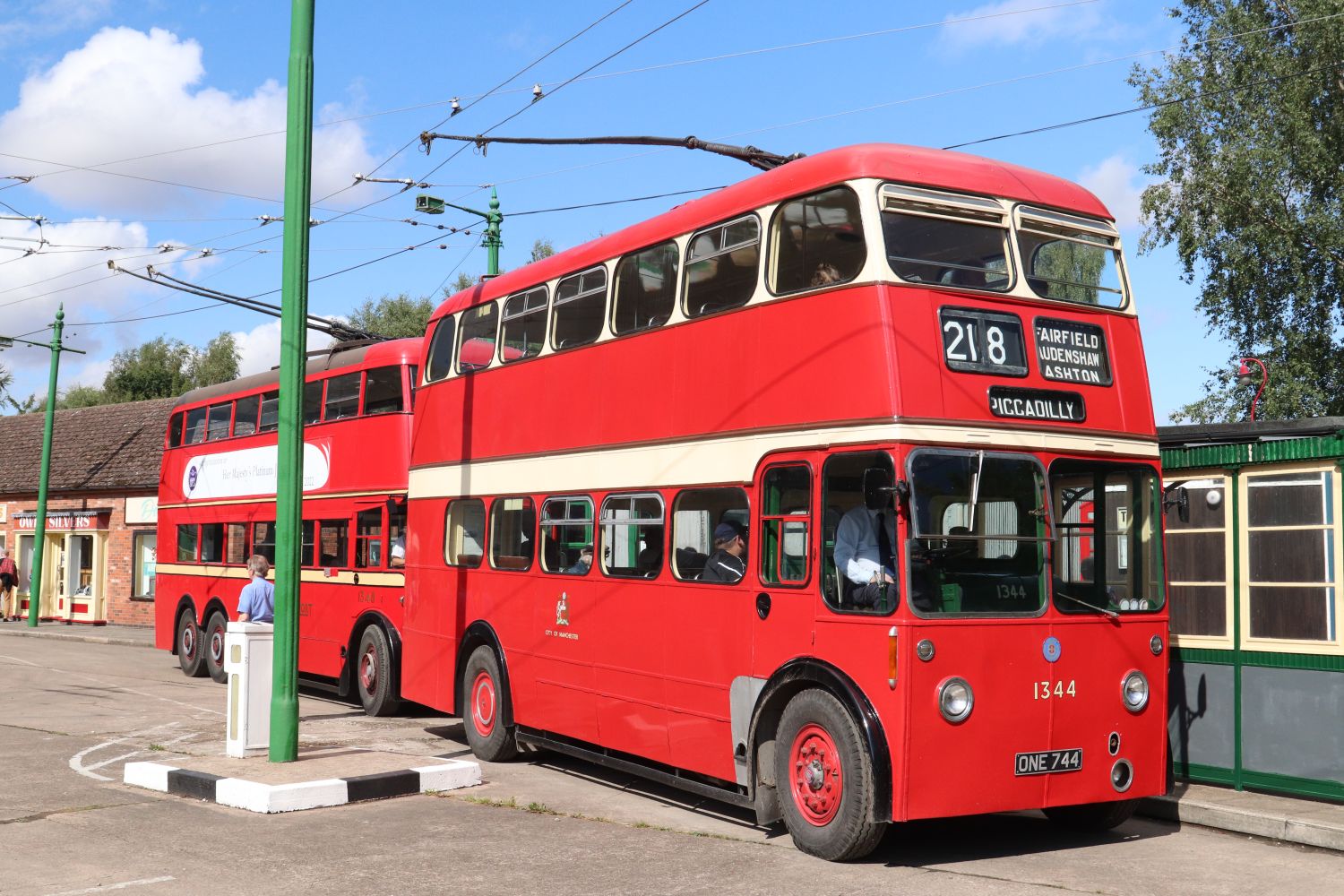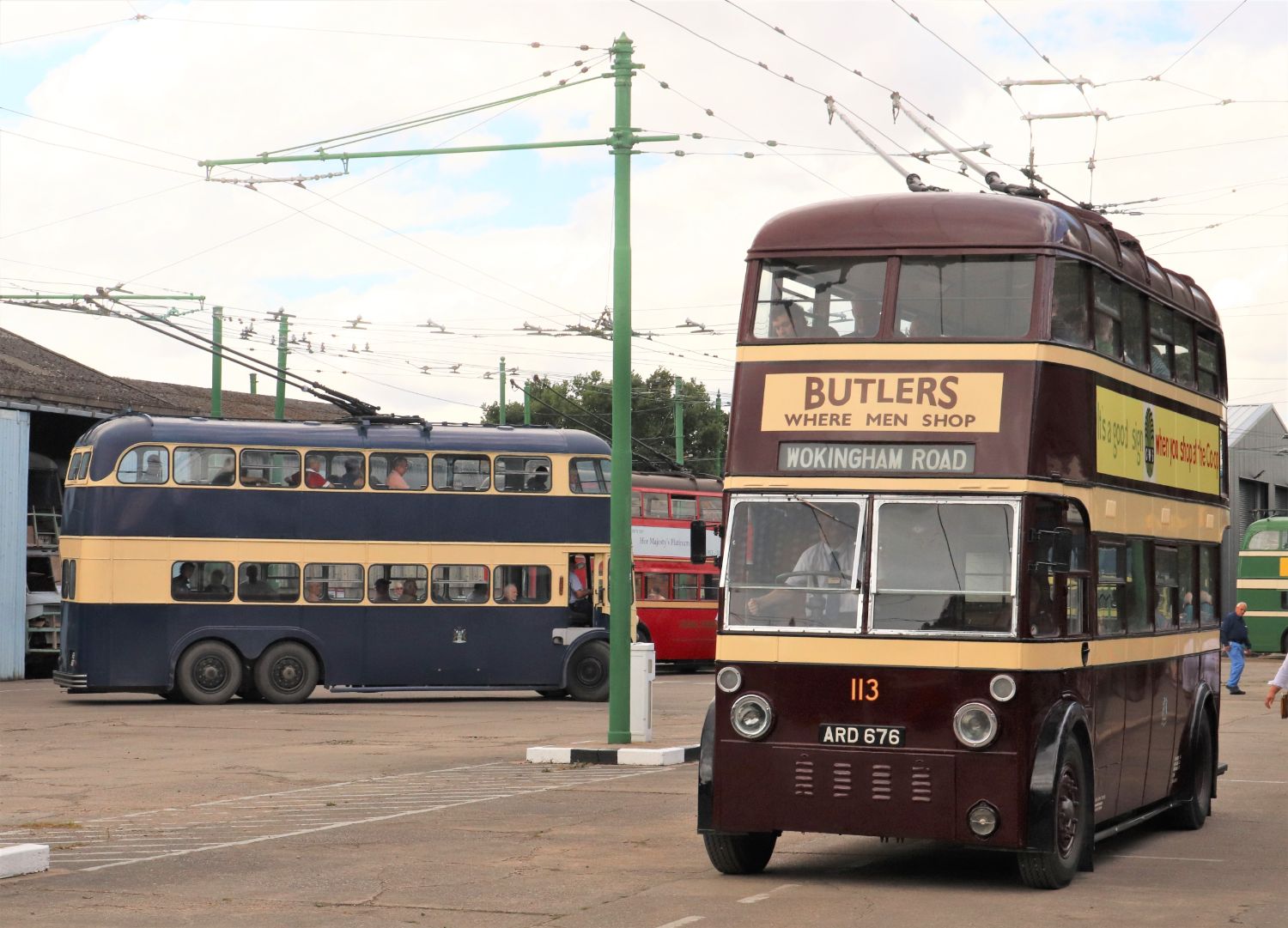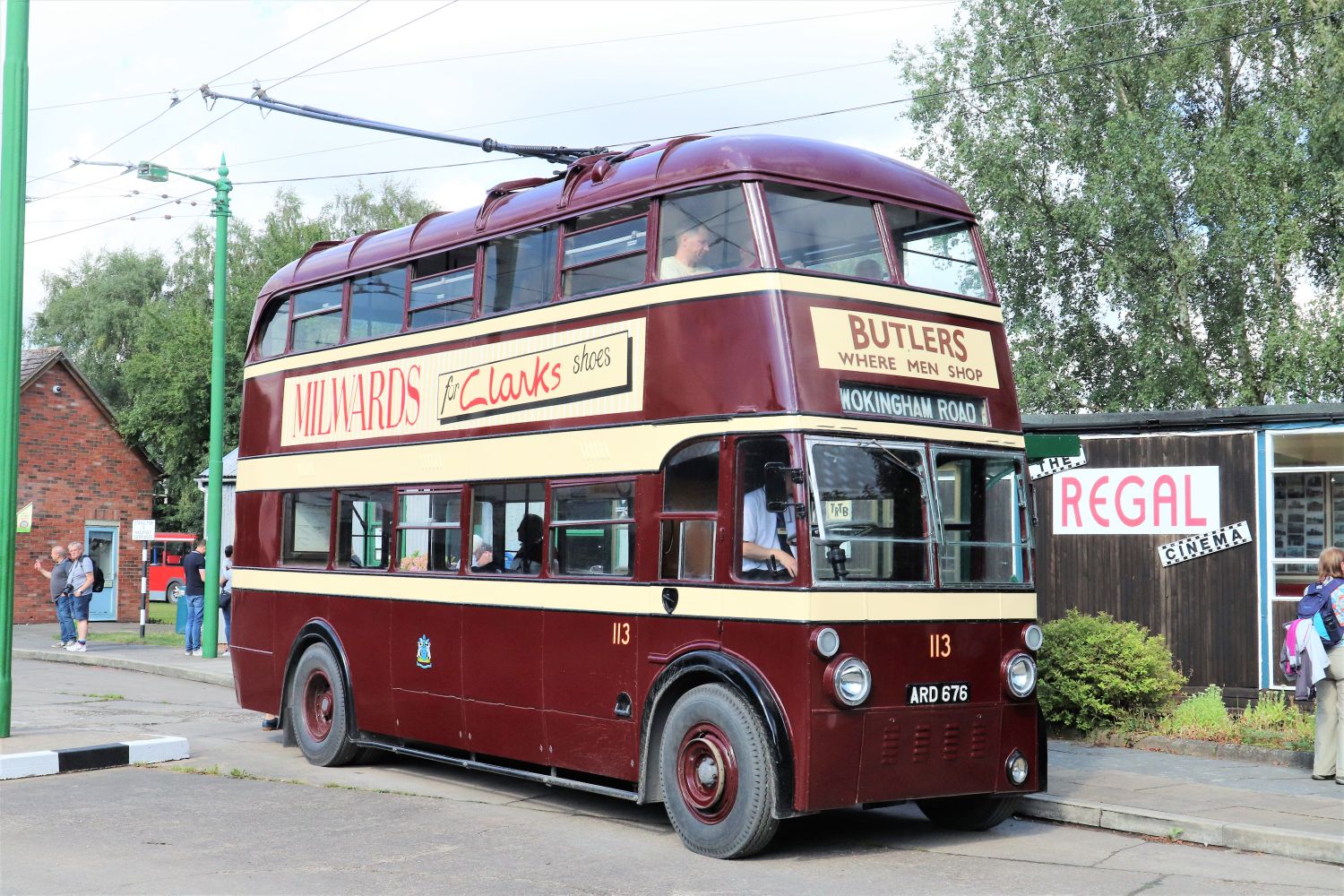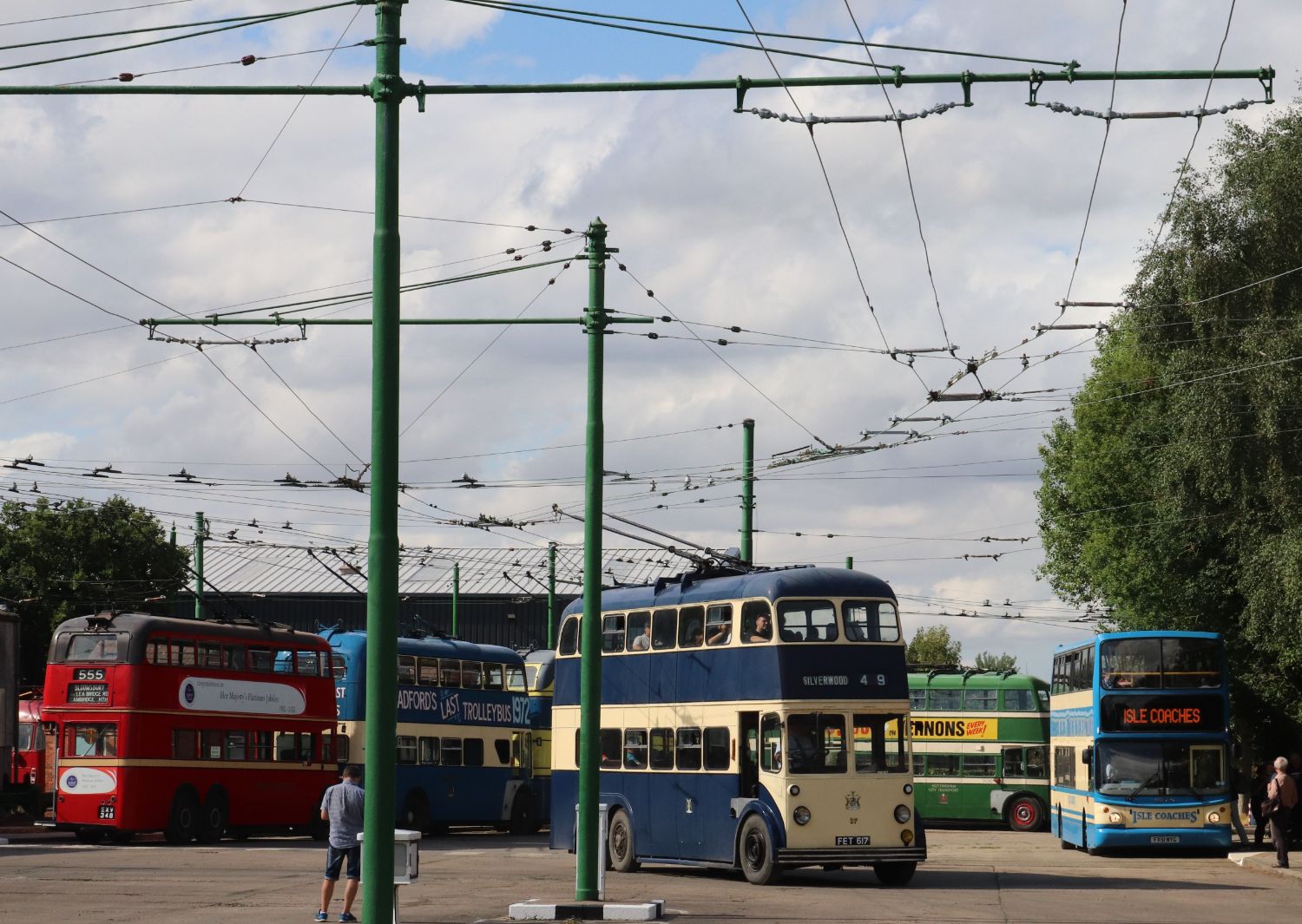Sandtoft Gathering
With electric traction the at the top of the current agenda, the country’s leading collection of trolleybuses takes on a new relevance. Stuart Jones headed to South Yorkshire to experience electric buses the old way
TO ACCESS THE GALLERY, CLICK ON THE TOP PICTURE
Located at Sandtoft near Doncaster, The Trolleybus Museum is home to the world’s largest collection of preserved trolleybuses, most of them from Britain but with examples from Europe, New Zealand and South Africa as well. In total there are close to 60 in the collection or on loan as well as trolleybus support vehicles and more than a dozen diesel buses, most with a local connection.
Run entirely by volunteers, it has been on the current site since 1969 and this has been gradually developed to provide not only appropriate storage facilities for the fleet, but also a track on which they can be demonstrated and enjoyed. Creating the right atmosphere in which to see the trolleybuses there are appropriate period buildings, several of them moved from their original locations and repurposed.
The highlight of the Sandtoft calendar is annual Sandtoft Gathering at which trolleybuses run every 7-8 minutes from 1015 to 1700 and the vehicles in service are swapped regularly through the day to give visitors the opportunity to try as many as possible. The latest Gathering was held on Sunday 31 July with the weather improving steadily as the day progressed. A free bus connected the site with Doncaster Interchange every 30 minutes and there were also half hourly free tours of the isle of Axholme area. Sales stands featuring all manner of bus and trolleybus related items were located in the area of the main depot vacated by the trolleybuses in service in addition to the Museum’s own shop. The café was busy all day, as was the real ale beer tent which, sadly, I ran out of time to frequent.
Riding on the trolleybuses was fun; I am always impressed by just how quiet they are, even quieter than some of today’s electrics, though you do get the occasional rattle of the catenary, especially at junctions. Uniformed conductors offered genuine tickets for uncharged fares though some of the ticket origins bore no resemblance to the trolleybuses on which they were being issued. Although the track currently consists of an inside and an outside loop, each ride is made more interesting by the experience of changing direction in the middle of the square to enable two loops in each direction.
Also of interest was the array of visiting buses, old and modern, which were accommodated at the rear of the main depot, and quite a large contingent of, mainly historic, cars among them a grey Wolseley 1500 similar to my own first car.
The Museum has big plans for the future, that will see it open its doors more frequently. The first evidence of this was evident in the recent construction of the new ‘David Croft’ depot which will provide storage for an additional eight trolleybuses currently stored off site. This is only part of a project that will see the site grow from 5.5 to 8.0 acres with a new entrance, two new museum buildings, a new entrance with car park and shop, a new restoration workshop, new archive facilities, a narrow gauge railway, a tractor display and an extension to the trolleybus track to give a longer run. The aim is ‘to create a vastly improved visitor experience with accessibility and inclusivity a central consideration in the plan.’
Check out the www.sandtoft.org website for details of future events and additional information on the impressive selection of vehicles in the organisation’s care.
